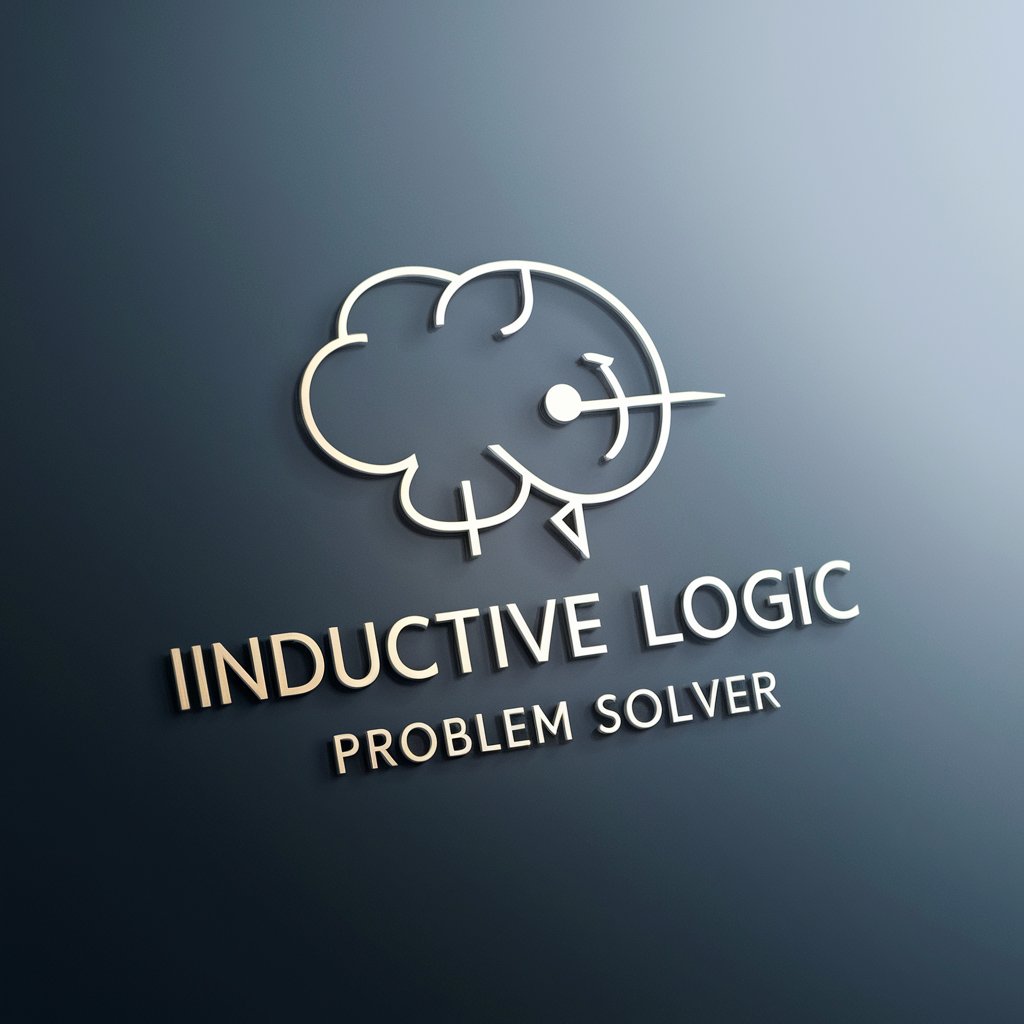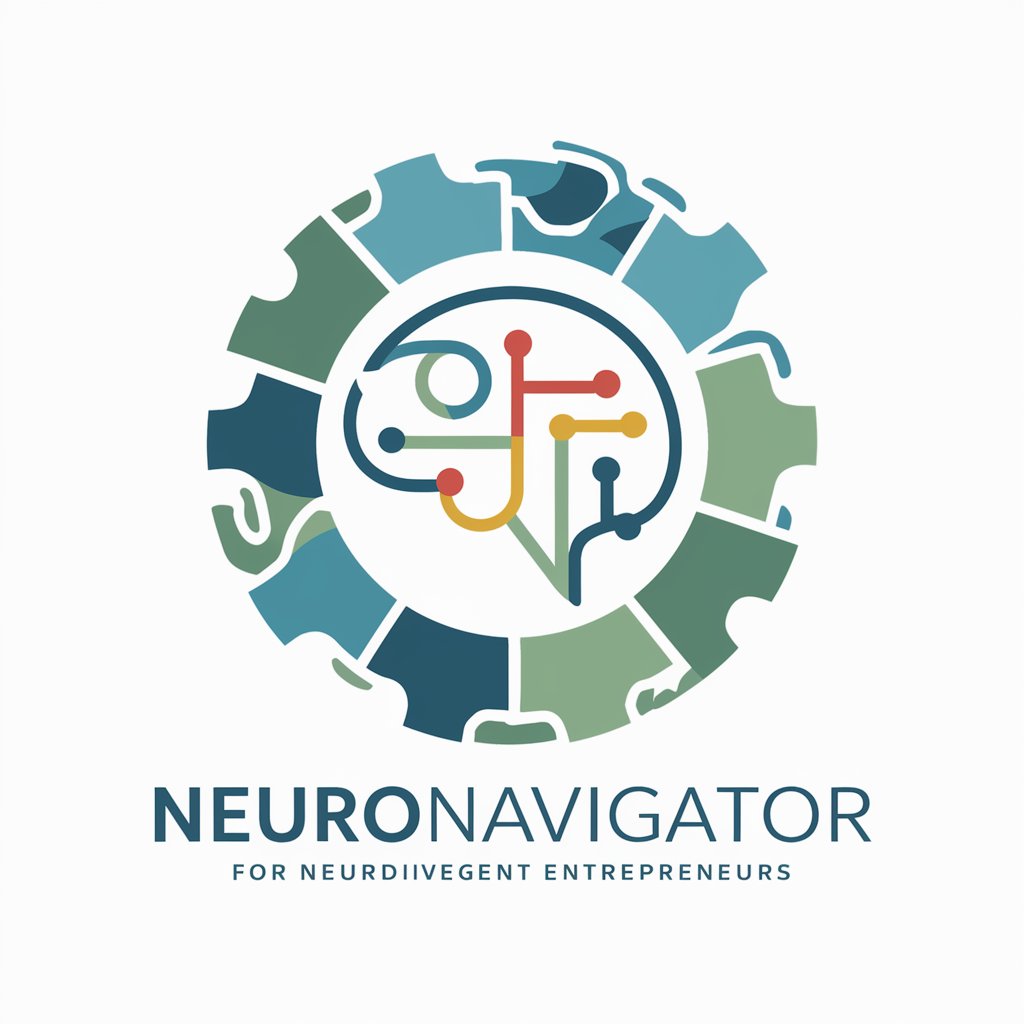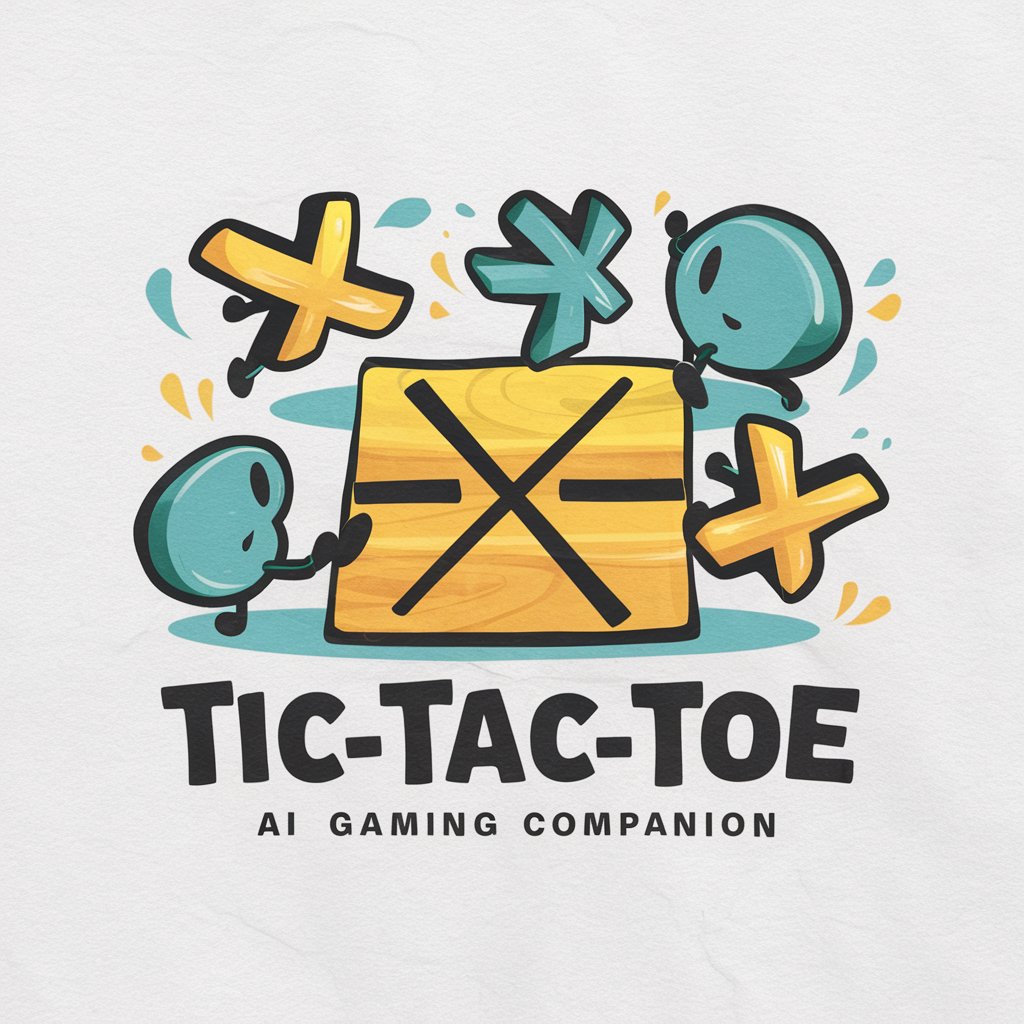
Inductive Logic Problem Solver - AI-driven logic inference

Hi there! Ready to solve some logic problems?
Unveil logic with AI precision.
Provide the inferred rule from these positive and negative examples:
Given the following examples, what is the general rule?
What rule can be derived from the provided examples?
Determine the rule that fits these examples:
Get Embed Code
Overview of Inductive Logic Problem Solver
The Inductive Logic Problem Solver (ILP Solver) is designed to automate the process of generating hypotheses or rules from observed examples, specifically within the domain of inductive logic programming (ILP). Unlike traditional programming that requires explicit instructions for solving a problem, ILP Solver infers the underlying logic or rules that can explain the given set of positive and negative examples. This process involves synthesizing general hypotheses from specific instances, thereby enabling the system to predict outcomes for new, unseen data. For instance, given a set of animals classified as mammals (positive examples) and others not classified as mammals (negative examples), ILP Solver could infer a rule like 'If an animal has hair or produces milk, then it is a mammal'. Powered by ChatGPT-4o。

Key Functions of Inductive Logic Problem Solver
Rule Inference
Example
Given positive examples of birds and negative examples of non-birds, ILP Solver might infer the rule 'If an animal has feathers, it is a bird'.
Scenario
Biologists categorizing new species based on characteristics could use this to automate the classification process.
Prediction and Classification
Example
After learning the rule that 'If a person buys diapers, they might also buy baby wipes', ILP Solver can predict customer purchases in retail.
Scenario
Retailers can use this to recommend products to customers, enhancing the shopping experience and increasing sales.
Knowledge Discovery
Example
From data on planetary characteristics, ILP Solver might infer 'Planets closer to their star are more likely to be rocky'.
Scenario
Astronomers and astrophysicists can use this for understanding celestial bodies' compositions and predicting unknown planet characteristics.
Target User Groups for Inductive Logic Problem Solver
Researchers and Academics
Individuals in scientific research or academia can use ILP Solver to discover patterns and rules within their data sets, facilitating breakthroughs in various fields such as biology, chemistry, and physics.
Data Scientists and Analysts
Professionals working with large data sets can employ ILP Solver to automate the process of hypothesis generation, significantly speeding up data analysis and insight generation.
Business Analysts and Marketers
Business analysts and marketers can use ILP Solver to understand customer behavior patterns, enabling more targeted marketing strategies and product development.

How to Use Inductive Logic Problem Solver
1
Start by visiting yeschat.ai for a complimentary trial, accessible without the necessity for ChatGPT Plus or prior registration.
2
Familiarize yourself with the interface and select the Inductive Logic Problem Solver option from the available tools menu.
3
Input your set of positive and negative examples into the designated fields, ensuring clarity and specificity for accurate problem-solving.
4
Submit your examples and wait for the tool to process the information, utilizing advanced algorithms to deduce the underlying logical rule.
5
Review the inferred rule provided, apply it to your context, and feel free to adjust your inputs for further experimentation or clarification as needed.
Try other advanced and practical GPTs
AnimateDiff Storyboard Helper
Envisioning Stories with AI Precision

Burning Earth
Awaken to Environmental Action

Julia the German Tutor
Master German with AI-Powered Guidance

美食助手
Your AI-Powered Culinary Companion

Game & Movie GuessMaster
Challenge Your Game & Movie Knowledge

X Magician
Optimize your tweets with AI-driven analysis

ElmWould
Unlock sports insights with AI-driven data

NeuroNavigator
Empowering neurodivergent entrepreneurs through AI.

JavaScript Sensei
Master JavaScript with AI-powered guidance

Football (soccer) Memes
Turn Soccer Moments into Humor

Budget Buddy Max ✓
Smart Finance Management with AI

GPT Tic-Tac-Toe
Play smarter, not harder with AI

FAQs About Inductive Logic Problem Solver
What is Inductive Logic Problem Solver?
It's a specialized AI tool designed to infer logical rules from given sets of positive and negative examples, simplifying the process of understanding underlying patterns or principles.
How accurate is the tool?
While highly effective, the accuracy depends on the clarity and representativeness of the examples provided. Clearer examples lead to more accurate rule inference.
Can it handle complex logic problems?
Yes, it's built to manage a range of complexities in logic problems, from simple to moderately complex, by analyzing the structure of provided examples.
Is it suitable for educational purposes?
Absolutely. It serves as an excellent educational tool for students and researchers in fields like computer science, mathematics, and philosophy, enhancing learning through practical example analysis.
What sets this tool apart from others?
Its ability to directly infer rules without needing explicit programming or detailed instructions, leveraging AI for intuitive and efficient problem-solving.